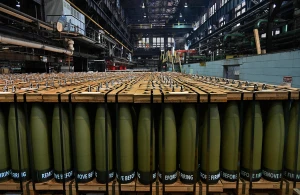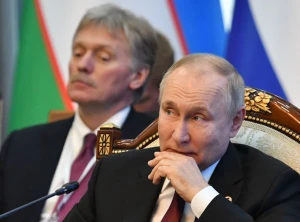
Ghost missile: Everything we know about "hypersonic" Zircon Russia launches at Kyiv
The Russian army has twice launched a new experimental missile, the Zircon, at Kyiv. Oleksandr Ruvin, Director of Kyiv Scientific Research Institute of Forensic Expertise, reported the information. Espreso discusses the missile, which Russia presented as another Wunderwaffe, its likely technical characteristics, and insights gained about this weapon following the attack in 2024
The text covers:
- The attacks on Kyiv with Zircon missiles
- What is the Zircon missile?
- Likely technical characteristics of the Zircon
- Zircon: a superweapon or another “non-analogous” sham?
- Not as scary as it is described
The attacks on Kyiv with Zircon missiles
During a missile attack on February 7, 2024, Russian troops launched a ZM22 Zirkon "hypersonic" missile at Kyiv. One of the photos that appeared on the Internet after the attack showed the marking "3M22", which belongs to this particular missile. However, in the official report of the Air Force, only Kh-555/101 and Kalibr missiles were listed among the intercepted missiles. Therefore, in the first days after the attack, the media cautiously reported on the alleged attack with Zircon missiles.
"The fragmentation of the missile is quite strong and this makes it difficult to identify it, as well as the little information about the ZM22 Zircon that has not been publicly demonstrated by Russia," wrote Defense Express observers. Yuriy Ihnat, a spokesman for the Ukrainian Air Force, noted that the wreckage is being verified by experts and is being examined.
Experts reported the final identification of the Zircon only 5 days later. On February 12, Oleksandr Ruvin, Director of Kyiv Scientific Research Institute of Forensic Expertise, informed that Russia attacked the capital with a 3M22 Zircon anti-ship hypersonic cruise missile.
The use of this particular missile is evidenced by the markings on parts and debris, the identification of components and parts, and the features of the relevant type of weapon.
"In general, Russian missiles have parts that can be used in several types of products at once, while other components are used only for specific models. In this case, we see elements that are specific to the 3M22 Zircon missile. The parts and fragments of the jet engine and steering mechanisms have specific markings," Ruvin said.
According to him, the Zircon consists of component parts that are marked accordingly: 3L22, 3V22, etc., meaning that the letter may differ, but the general marking for missiles is 3M22.
"Several fragments are laser engraved and embossed with the inscription 3L22, which indicates a specific assembly from a specific product. In addition, the bolts on the steering mechanisms are marked with the number 26, which is a feature of Zircon," explained the director of Kyiv Scientific Research Institute of Forensic Expertise.
Defense Express noted that the wreckage corresponds to the wreckage of another unidentified missile used by Russia in early 2024. Therefore, it is possible that this was not the first time that the Ruscists used this missile on February 7.
What is the Zircon missile?
The 3M22 Zircon is a promising anti-ship cruise missile, declared to be hypersonic and capable of maneuvering. The main purpose of the missile was to destroy enemy surface ships equipped with air and missile defense systems.
Development of the Zircon began in 2011. Flight tests of the munition have been conducted since 2015. On March 1, 2018, Russian leader Putin announced the successful test and adoption of hypersonic weapons and the testing of a new nuclear-powered missile. In December 2018, CNBC reported on the testing of these weapons. According to the channel, this was the fifth test of the Zircon. The missile allegedly reached a maximum speed of Mach 8, which is eight times the speed of sound (approx. 9,800 km/h). At the time, mass production was planned to begin in 2021.
The missile was designed to be launched from ships and submarines. As of now, the known missile carriers include the Admiral Gorshkov frigate and the K-560 Severodvinsk nuclear submarine, which belongs to Project 885 Yasen. Both vessels are part of Russia's Northern Fleet. The launch of the Zircon in the direction of Kyiv suggests the utilization of an adapted Bastion complex. This is an underground mine complex for coastal defense in Crimea, intended for launching anti-ship missiles. Situated near Balaklava, it was commissioned in the 1970s, and in 2016, the Russians declared its reactivation. Unlike the Kh-47 Kinzhal, whose threat is anticipated due to the MiG-31K carrier takeoff, the Ukrainian Defense Forces may lack prior information about the Zircon.
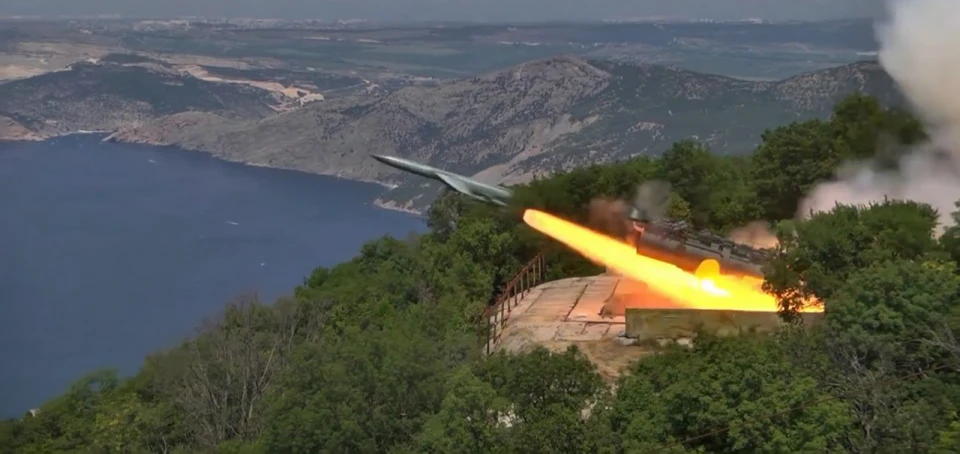
Russia's underground mine complex in Balaklava, designed to launch anti-ship missiles.
Photo: https://defence-ua.com/
There is scant information available about the Zircon missile itself. The editor-in-chief of Defence Express highlighted on Espreso TV that there is not even certainty regarding the physical appearance of this missile."It was not demonstrated at exhibitions, there are no photos of it anywhere. If the Kinzhal was shown at parades, there are a huge number of photos, then in the case of the Zircon missile, nothing is known objectively, except for what the Russian Federation itself produces. There is no information about the engine, and the dimensions of the missile are assumed because it is launched from standard launchers," said Katkov.
Zircon’s likely technical characteristics

Photo: Russian media
The 3M22 Zircon missile has never been publicly demonstrated, and there are no available photos of it. Additionally, the video footage of the tests is captured using low-quality cameras. Consequently, discussions about the Zircon are limited to the data provided by the Russians themselves. According to their official statements, the parameters of the Zircon are as follows:
- Range - 600-1,000 km
- Flight altitude - 30-40 km,
- Flight speed - 8-9 Mach (up to 2,700 m/s)
- The weight of the warhead is 300-400 kg,
- Length - 8-10 m,
- Launch depth (for submarines) - 40 m
Zircon: a superweapon or another “non-analogous” sham?
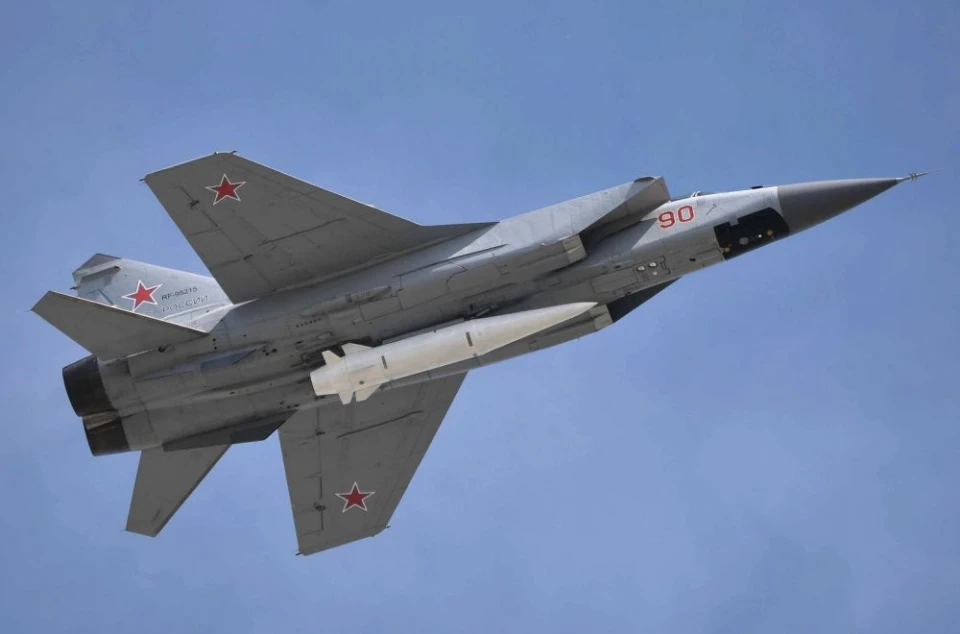
Photo: nationalinterest.org
At the same time, experts are skeptical of the information about the Zircon disseminated by Russian propaganda. For example, during the testing phase, the Russian military claimed that the Zircon had a launch range of up to 400 kilometers at a flight speed of up to Mach 6. The weight of the warhead was estimated at 300 kilograms. But as soon as Putin stated that the 3M22 allegedly has a range of 1,000 kilometers and a flight speed of Mach 9, these characteristics immediately became "canonical" for all Russian propagandists.
Oleksandr Ruvin, Director of the Kyiv Scientific Research Institute of Forensic Expertise, who studied the wreckage of the Kyiv Zircon, noted that the missile did not meet the tactical and technical characteristics claimed by Russia. The Zircon does not fly at a speed of Mach 8-9 (about 10,000 kilometers per hour). At the final section of the flight, a four times lower speed of 2,500 km/h was recorded. In addition, the researchers did not see the destructive power that an anti-ship missile with almost 400 kilograms of explosives should have.
The Royal United Services Institute is also skeptical about the veracity of the official characteristics of the Zircons. The British generally assume that sometimes under the video of allegedly successful test launches of 3M22 missiles, the Russians demonstrated another missile, the P-800. Moreover, both of these missiles have identical dimensions.
Observers at Defense Express emphasize that, like the Kinzhal, the Zircon is "hypersonic" only on the marching section, and when it attacks a target, it has a much lower speed. Aviation expert Kostyantyn Kryvolap also believes that the Zircon does not meet the parameters of a hypersonic weapon.
Captain Andriy Ryzhenko, a reserve captain of the Ukrainian Navy, called the 3M22 "not that scary". He told Espreso TV that the Zircon is less threatening than Russian propaganda makes it out to be.
"Zircon is like a ghost missile, surrounded by a lot of hype and self-promotion among domestic audience. However, the actual effectiveness and quantity of these missiles remain uncertain" Ryzhenko said.
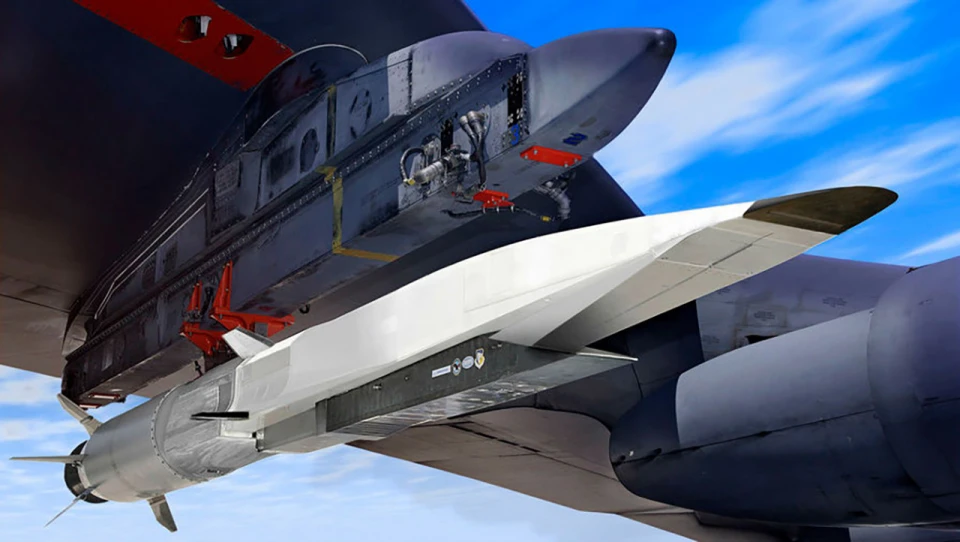
Photo: Russian media
Not as scary as it is described
Presently, Russians persist in discussing their weapons, claiming they have no equivalents, and using them to instill fear in potential enemies. For instance, on the eve of the G7 summit in February 2023, to which Volodymyr Zelenskyy was invited, Russia showcased a frigate equipped with a Zircon missile.
In addition to intimidation, Zarcon’s launch is aimed at testing weapons in the field, military expert Roman Svitan believes.
"The Russians have few such weapons, and industrial production has not been established. Most likely, the missile is still being tested, including on the battlefield," Svitan said.
Like the Kinzhal, the 3M22 is a rather expensive missile whose production is just getting underway. In November 2022, it was reported that an order for "several dozen" of these missiles was placed with production to begin in 2023.
In any case, the February attack on Kyiv demonstrated that Ukrainian air defense can cope with the Zircon. This was confirmed by Colonel Yuriy Ihnat, spokesman for the Ukrainian Air Force Command.
"It doesn't matter whether it is an Iskander-M, Kinzhal, or Zircon missile because they all fly along the same ballistic trajectory and can be shot down by air defense systems such as Patriot," Ihnat said.
Defense Express CEO Serhiy Zgurets believes that the 3M22's strike over Kyiv is the destruction of another myth about Russia's most advanced weapons.
"In fact, this is the latest hypersonic missile that was created by Russia to overcome air defense systems, and … the missile was shot down. This means that during this attack, the air defense systems covering Kyiv coped with the enemy's new, most advanced hypersonic missile called Zircon," Zgurets emphasized.
- News











